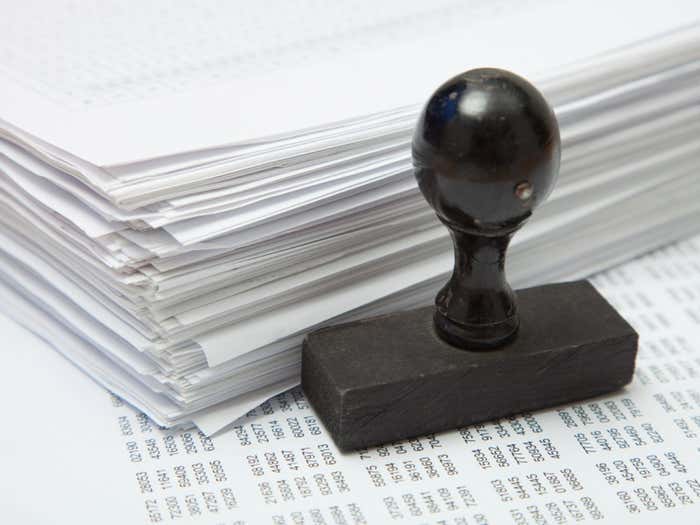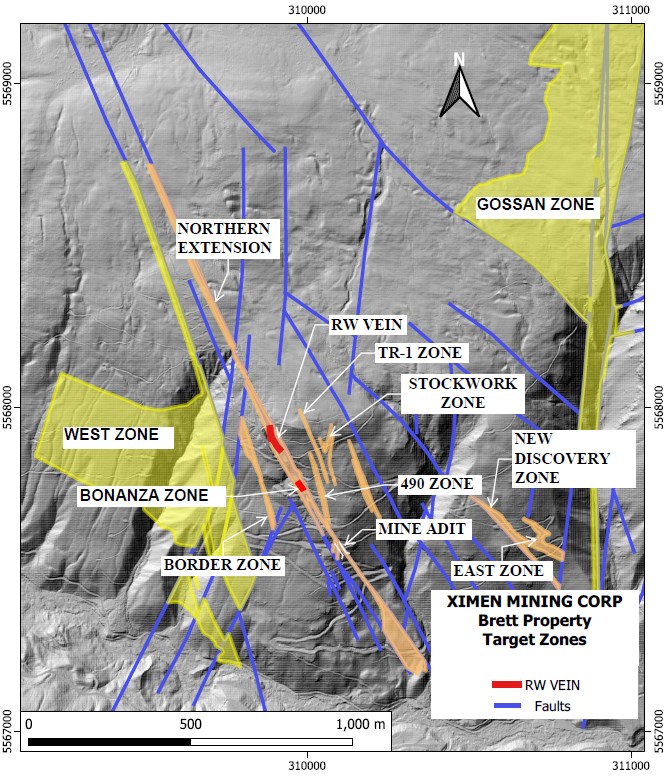Establishing Unexpected Results: PTAB Highlights Pitfalls for Rule 132 Declarations
By: Lisa N. Silverman Ph.D. and Qiwen Zhong Ph.D.
A recent decision by the Patent Trial and Appeal Board (PTAB) sheds light on certain pitfalls patent applicants may encounter when submitting declarations under 37 C.F.R. § 1.132 (“Rule 132 Declarations”). Rule 132 Declarations are frequently used in life sciences patent prosecution to submit data in support of a patent application. They are an important tool for rebutting obviousness rejections raised under 35 U.S.C. § 103 by establishing that an applicant’s invention produces unexpected results.
In Ex parte Eidschun, Appeal 2023-003437 (PTAB Oct. 18, 2024),[1] the PTAB found a Rule 132 Declaration submitted by the applicant-appellant to be ineffective for rebutting a prima facie case of obviousness and affirmed the Examiner’s rejections. The claims at issue were directed to a method for metal finishing. The claims recited a variety of different acids and oxidizing agents and combinations thereof that could be used in the method, as well as concentration ranges for these reagents. During prosecution, the Examiner rejected the claims as allegedly being obvious over a combination of prior art references. In response, applicant argued against the prima facie case of obviousness and also submitted a Rule 132 Declaration[2] describing a series of experiments to demonstrate unexpected results. The Rule 132 Declaration purported to show unexpected results compared to a prior art reference cited in the rejection and also compared to “current conventional anodizing systems.”[3] The Examiner maintained the obviousness rejections, and applicant appealed to the PTAB.
The PTAB’s Analysis of the Rule 132 Declaration
The PTAB affirmed the Examiner’s rejections and provided three reasons for finding the Rule 132 Declaration ineffective to rebut the prima facie case of obviousness. First, the PTAB found that unexpected results were not shown because the Rule 132 Declaration did not provide a comparison of the claimed invention with the closest prior art.[4] The PTAB indicated that the cited prior art reference discussed in the Rule 132 Declaration did not provide a disclosure sufficiently specific for comparison.[5] Also, the comparison to current conventional anodizing systems did not identify any specific prior art and merely provided variable ranges. Providing additional data without identifying and comparing with the closest prior art was not enough.[6]
Second, the PTAB found that even if it showed a difference between the results obtained from the claimed invention and the reference examples, the Rule 132 Declaration failed to establish that one of ordinary skill in the art would have considered those differences to be unexpected.[7] The declarant’s reference to the results as “unexpected results” was insufficient.
Third, the PTAB found that the evidence submitted in the Rule 132 Declaration was not commensurate in scope with the claims.[8] Whereas the independent claim recited eight acids and five oxidizing agents alone or in any combination, the Rule 132 Declaration provided data for only one acid and one oxidizing agent. Furthermore, the Rule 132 Declaration did not indicate any specific concentrations tested, instead referring only to the same concentration ranges recited in the claims. Thus, the PTAB deemed that no specific composition within the scope of the claims had been compared to prior art.[9]
Takeaways
Rule 132 Declarations remain an important tool by which applicants can submit data showing unexpected results to rebut an obviousness rejection raised in patent prosecution. To maximize the effectiveness of a Rule 132 Declaration, applicants should consider several factors. When providing comparative data, applicants should consider using the closest prior art as the point of reference. Furthermore, comparisons based on reference examples not grounded in any identified prior art may be less effective than comparison to a specific prior art disclosure. Applicants should take care to explain why a difference in results, even if superior, would be unexpected to one of ordinary skill in the art, rather than simply making a conclusory statement regarding unexpected results. Applicants should consider showing comparisons based on specific compositions tested, not based merely on ranges or other generic descriptions. Finally, applicants should be mindful of the scope of the data relative to the claims, providing sufficient examples to span the scope of the claims or explaining why a limited set of examples is illustrative of the full claim scope. Alternatively, applicants may consider filing narrowing claim amendments to more closely align the claim scope with the comparative data.
[1] A copy of Ex parte Eidschun, Appeal 2023-003437 (PTAB Oct. 18, 2024).
[2] A copy of the Rule 132 Declaration.
[3] See Rule 132 Declaration, at 2.
[4] See Ex parte Eidschun, at 5.
[5] See id.
[6] See id. See also at 6.
[7] See id., at 6.
[8] See id.
[9] See id.
TopicsAgtechAI + RoboticsAnnouncementsAntitrustAsiaBioinformaticsBiotechBlockchainCell + Gene TherapyCFIUSCorporate + Venture CapitalCOVID-19Data AnalyticsDigital HealthEmploymentEuropean UnionFDAFinancingGlobalHealthcareIntellectual PropertyLicensing + CommercialLitigationMedical Devices + DiagnosticsPharmaPrivacy + Data SecurityProduct Liability + Class ActionRare DiseaseRegulatoryStartupUnited KingdomUnited States





